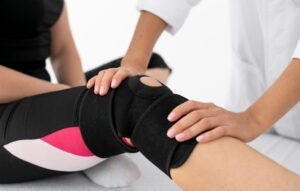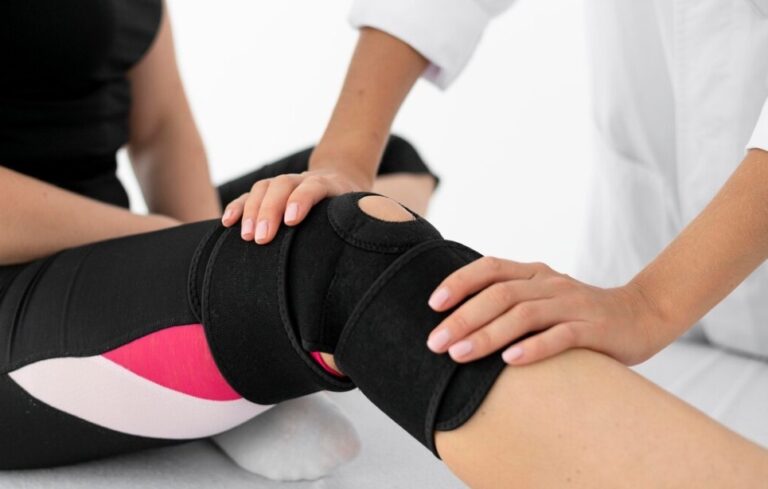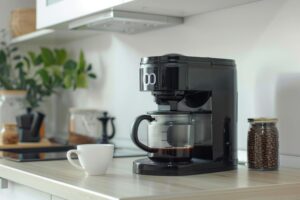Brewing coffee at home is one of life’s simplest pleasures—especially when you know how to do it right. I still remember my first attempt at using a coffee maker; I ended up with a bitter, over-extracted mess that was anything but drinkable. Over time, I learned that a great cup of coffee isn’t just about pushing a button—it’s about understanding your machine, your coffee, and your water. In this guide, I’ll walk you through exactly how to use a coffee maker, the right ratios, maintenance tips, and a few expert tricks to help you brew like a pro.
What You’ll Need
Before you start, gather everything you’ll need for a smooth brewing process.
- Coffee maker (drip style)
- Coffee grounds (medium grind works best)
- Fresh, filtered water
- Paper or reusable filter
- Measuring spoon
- Carafe or mug
Having everything ready keeps your process clean and prevents over-brewing or water spills.
Step 1: Add Water to the Reservoir
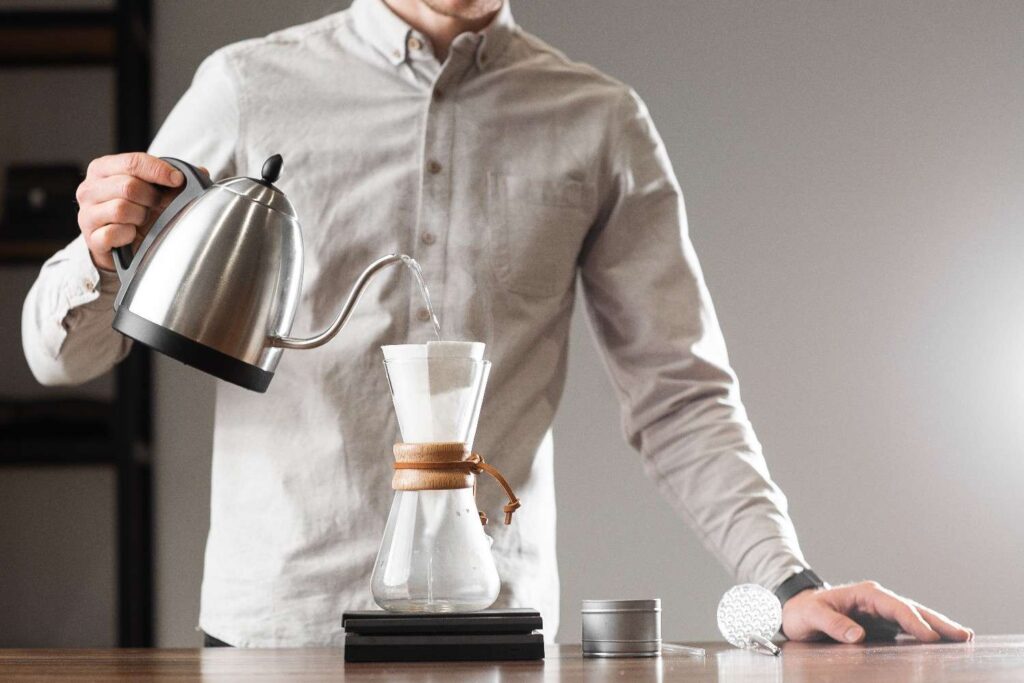
Start by filling your coffee maker’s carafe with fresh, cold water. Avoid using preheated or distilled water—filtered tap water gives the best flavor because it contains a balance of minerals that enhance taste.
Pour the water into the reservoir, located either on the top or back of your coffee maker. Most machines have measurement marks, so match the amount of water to how many cups you plan to brew. For example, six ounces of water equals about one standard cup of coffee.
Step 2: Insert the Filter and Add Coffee Grounds
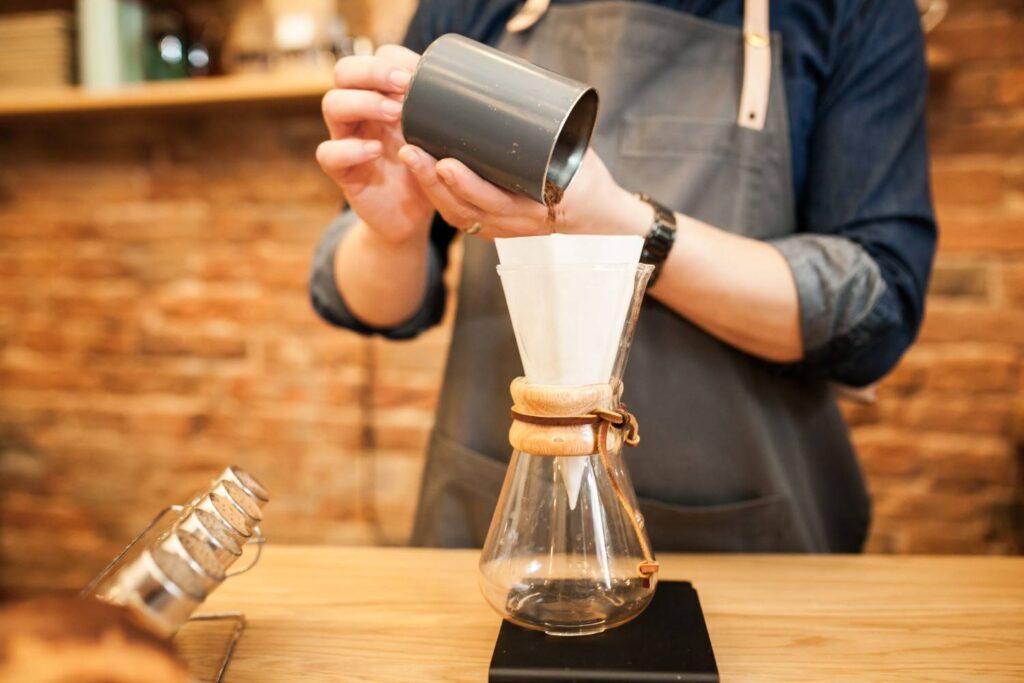
Next, open the filter basket. Place a paper filter inside, or use your coffee maker’s reusable mesh filter if it has one.
Measure 1 to 2 tablespoons of ground coffee per 6 ounces of water. If you like a bolder brew, go with the higher end of that range. Level the grounds evenly in the filter—this ensures consistent water flow and even extraction.
Once ready, secure the filter basket back into the machine.
Step 3: Start the Brewing Process
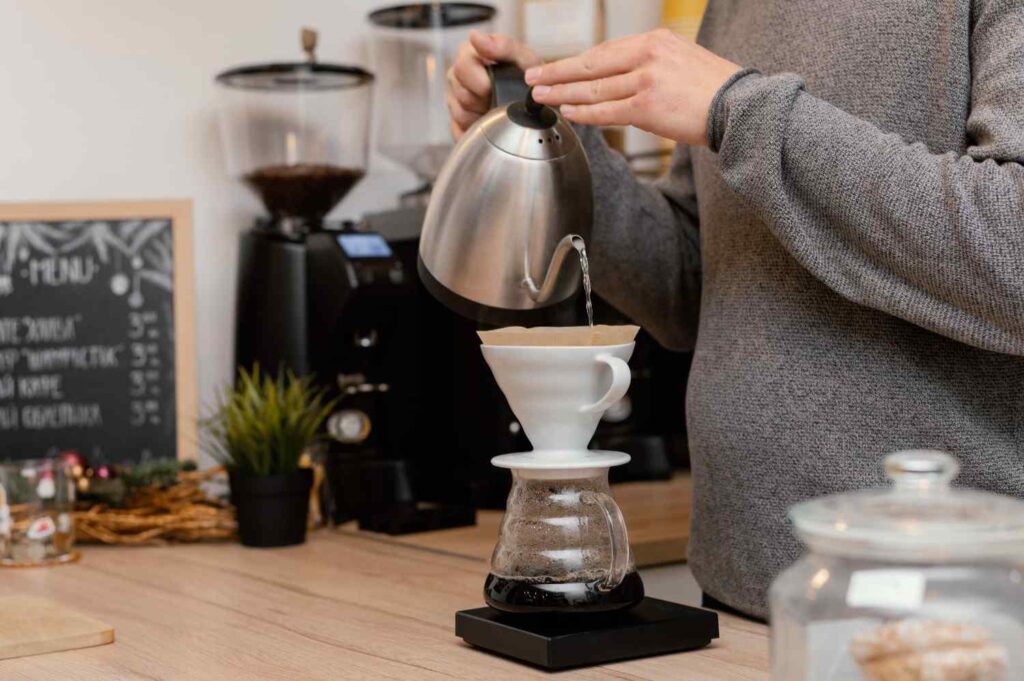
Place your carafe on the warming plate and make sure the lid is properly closed. Plug in your coffee maker and press the “brew” or “on” button.
As the machine heats the water, it will pass through the coffee grounds, slowly filling the carafe with freshly brewed coffee. The process usually takes between 5 and 10 minutes, depending on the coffee maker size and water amount.
Pro Tip: Avoid opening the lid during brewing. Interrupting the cycle can change the water temperature and weaken your brew.
Step 4: Pour and Enjoy

When you hear the last gurgle, your coffee is ready. Most modern coffee makers have an automatic shut-off feature, but if yours doesn’t, remember to turn it off manually to prevent burning.
Pour the coffee into your mug, and add milk, sugar, or syrups as you prefer. If you used a paper filter, throw it away along with the used grounds. For reusable filters, rinse them thoroughly to avoid residue buildup that can affect future brews.
Quick Comparison: Coffee Maker Types & Brewing Styles
| Type | Ease of Use | Brew Time | Flavor Profile | Best For |
| Drip Coffee Maker | Very easy | 5–10 minutes | Smooth, balanced | Everyday brewing |
| Single-Serve Pod Machine | Very easy | 1–3 minutes | Consistent but mild | Convenience lovers |
| French Press | Moderate | 4–6 minutes | Bold, full-bodied | Strong coffee fans |
| Espresso Machine | Advanced | 1–2 minutes | Rich, concentrated | Espresso drinkers |
| Pour-Over | Moderate | 3–5 minutes | Clean, aromatic | Flavor purists |
Each method has its charm, but the standard drip coffee maker remains the most reliable for consistent, no-fuss results.
Tips for a Better Brew
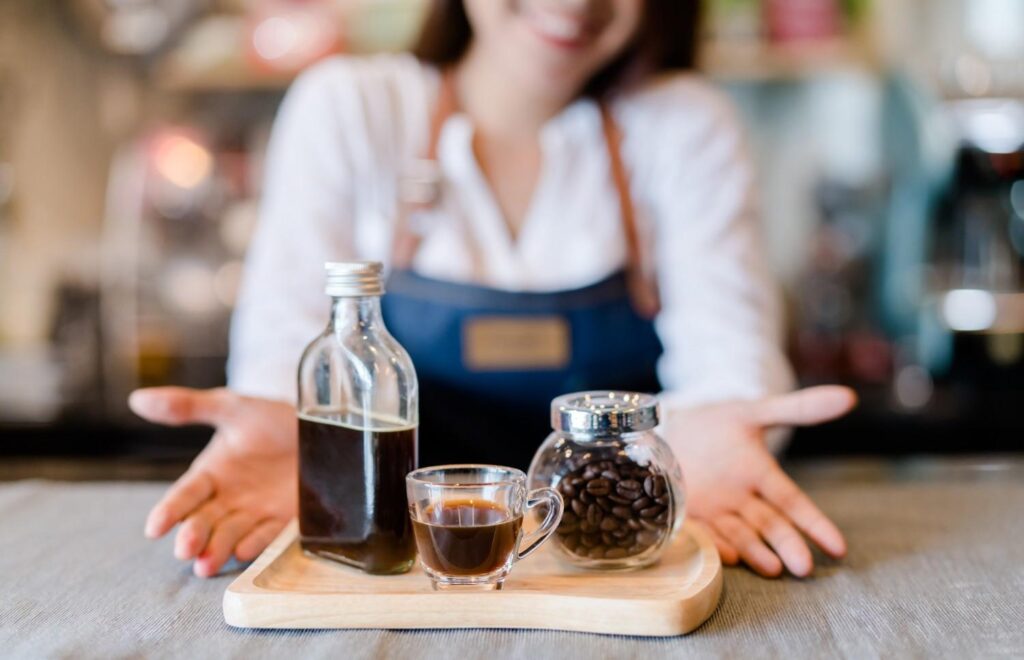
1. Use Filtered Water
Since coffee is 98% water, poor-quality water can ruin even the finest beans. Filtered water removes chlorine and impurities, leaving your brew smoother and fresher.
2. Clean Your Coffee Maker Regularly
Mineral buildup can affect both the flavor and performance of your machine. Once a month, run a cleaning cycle with equal parts white vinegar and water. Then run two more cycles with clean water to remove any vinegar taste.
3. Store Coffee Properly
Air, light, and moisture degrade coffee flavor. Keep your grounds in an airtight container, away from direct sunlight. Never refrigerate coffee—it causes condensation and staleness.
4. Adjust for Taste
If your coffee tastes bitter, you may be using too many grounds or brewing for too long. If it’s weak, add more coffee or reduce the water slightly. Small adjustments make a big difference.
How to Use a Coffee Maker Efficiently Every Morning
If you brew coffee daily, streamline your process. Pre-measure your coffee the night before and fill your reservoir with water (but don’t add grounds until morning). Many machines also have programmable timers so you can wake up to fresh coffee automatically.
If you share your coffee maker, label the settings or keep a small guide next to it with your preferred ratio and cleaning reminders. Consistency ensures you get the same great taste every time.
Troubleshooting Common Coffee Maker Issues
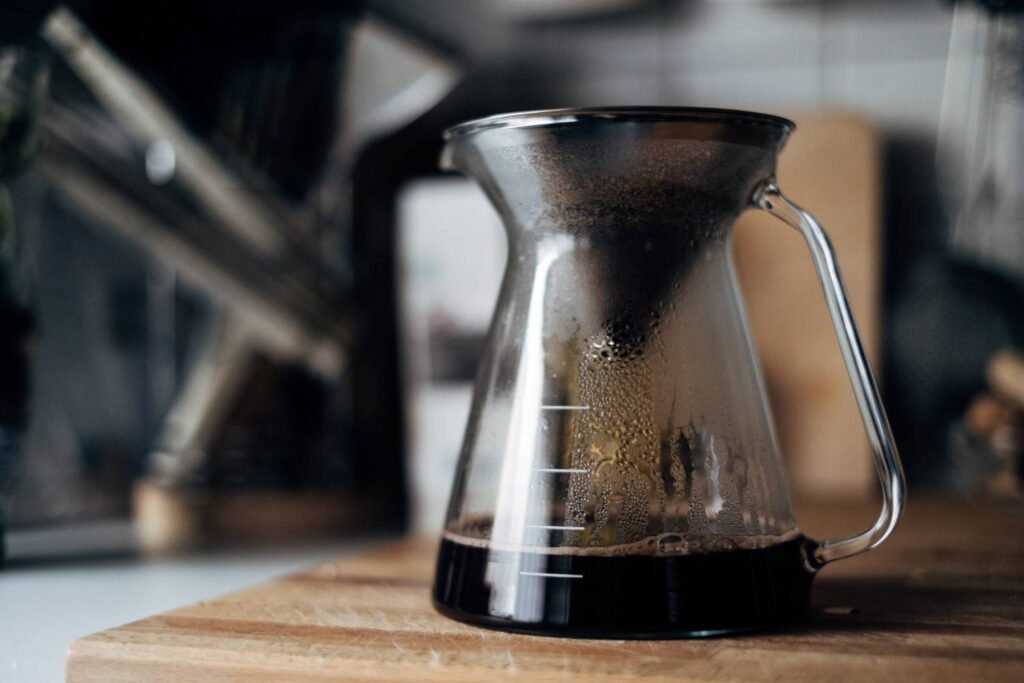
Problem 1: Weak Coffee
Check your coffee-to-water ratio. If you used too little coffee, increase your grounds slightly. Also, make sure the water temperature is adequate—lukewarm water can under-extract flavor.
Problem 2: Bitter Taste
Bitter coffee usually comes from over-extraction. Try using a coarser grind or slightly less coffee, and make sure you’re not leaving the coffee on the hot plate too long.
Problem 3: Overflowing Filter Basket
This often happens when you add too much coffee or use a grind that’s too fine. Always follow the recommended ratio and check that your filter is properly seated.
Also Read: how to clean coffee maker
Frequently Asked Questions
Q1: How many scoops of coffee should I use per cup?
For a standard drip coffee maker, use 1 to 2 tablespoons of ground coffee per 6 ounces of water. Adjust based on your personal strength preference—less for a mild brew, more for a stronger one.
Q2: Can I use tap water instead of filtered water?
You can, but it may affect taste. Tap water often contains chlorine and minerals that alter coffee flavor. If possible, use filtered or bottled water for the best results.
Q3: How often should I clean my coffee maker?
Ideally, rinse and wipe it down after each use. For deeper cleaning, use a vinegar-water cycle once a month to remove mineral buildup.
Q4: Can I use coffee beans instead of ground?
Not directly. You’ll need to grind your beans first—preferably to a medium grind for drip coffee makers. Freshly ground beans produce the best aroma and flavor.
Mastering the Art of Home Brewing
Learning how to use a coffee maker might seem basic, but mastering the details can elevate your morning ritual. From using filtered water to cleaning regularly and fine-tuning your coffee-to-water ratio, every step influences the final cup.
Once you get the hang of it, your kitchen can rival your favorite café. You’ll not only save time and money but also enjoy the satisfaction of crafting a perfect cup every morning—made exactly how you like it.

